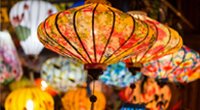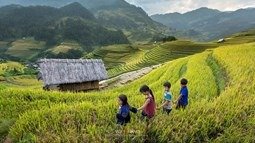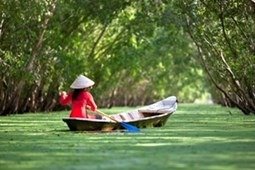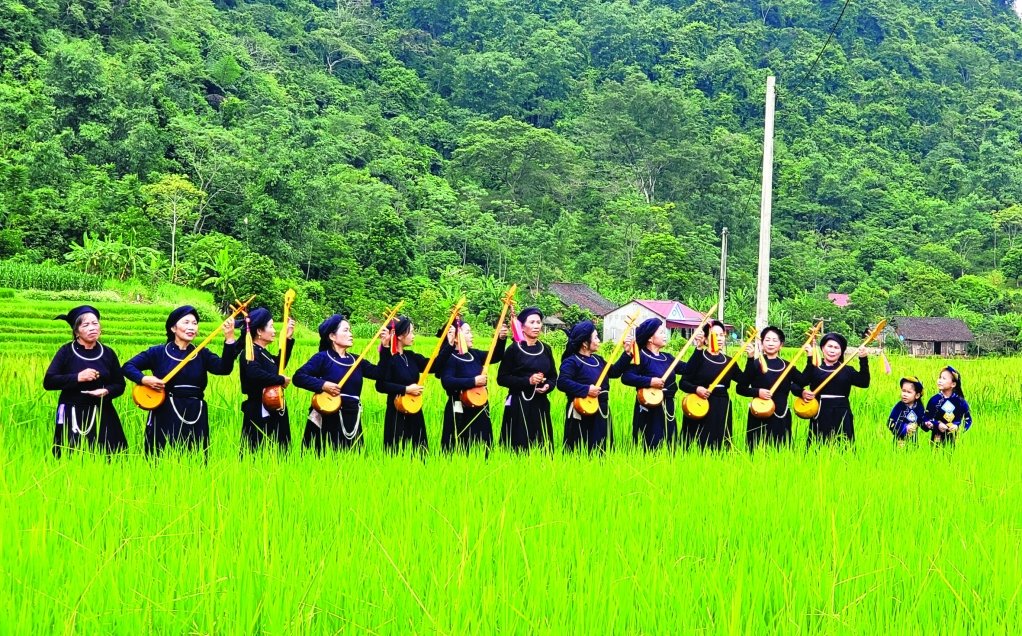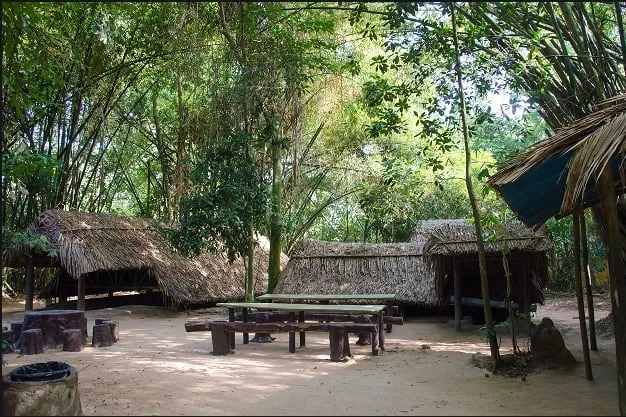Contents
ToggleWho Are the Tay People?
The Tay people are one of Vietnam’s largest ethnic minority groups, numbering over 1.7 million. They belong to the Tai-Kadai language family, which links them culturally and linguistically to other Southeast Asian groups like the Thai, Lao, and Nung.
For centuries, the Tay have lived in northern Vietnam, especially in provinces like Cao Bang, Lang Son, Bac Kan, and Ha Giang. They typically settle in valleys or near rivers, where the fertile land supports their traditional way of life centered on wet rice farming, fishing, and handicrafts.
The Tay speak their own language, Tay-Nung, but most are also fluent in Vietnamese, especially in younger generations. Their communities are often tight-knit, with extended families living together and strong reverence for ancestors. While animism remains central to their spiritual worldview—honoring nature spirits and household deities—many Tay people also blend in elements of Buddhism and Confucianism.
Visiting a Tay village means experiencing a culture where agriculture, oral tradition, and community life are deeply rooted and still practiced with pride.
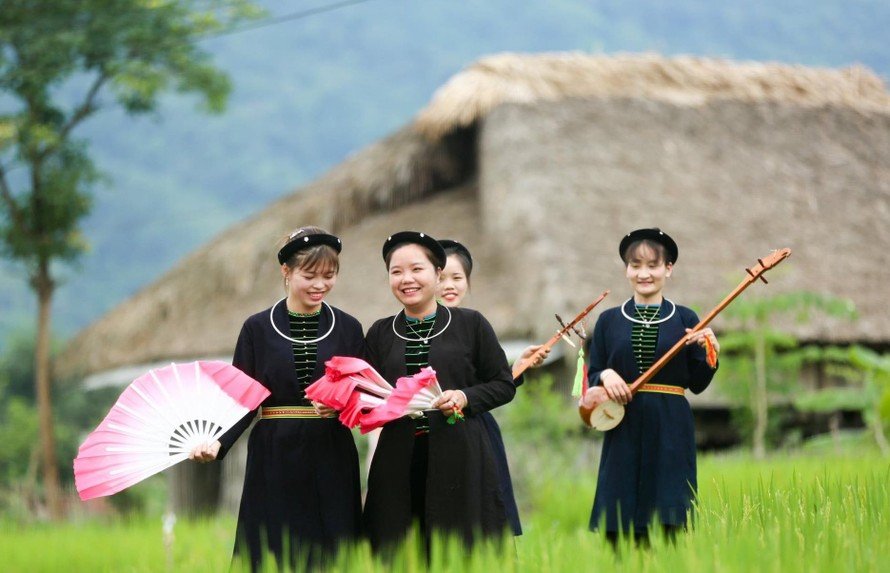
Culture and Traditions of the Tay
The Tay people of northern Vietnam have preserved a rich cultural heritage rooted in nature, community, and spirituality. Their traditions are visible in everything from architecture to cuisine, music, and ceremonial life.
🏠 Architecture: Traditional Stilt Houses
Tay families traditionally live in stilt houses made from locally sourced materials like bamboo, timber, and palm leaves. These elevated homes are well-suited to the region’s mountainous terrain and seasonal flooding. The upper floor is reserved for living and worship, while the area underneath is used for storage or livestock. Inside, the house is typically centered around the ancestral altar, a focal point of family life.
👘 Clothing and Textiles
Traditional Tay clothing is simple yet elegant. Women often wear indigo-dyed tunics and skirts, accessorized with silver jewelry and embroidered sashes during festivals or weddings. Men usually wear dark tunics, long pants, and headscarves. Textile-making, including weaving and natural dyeing, is a skill passed down through generations and still practiced in some villages.
🍲 Tay Cuisine
Tay food emphasizes fresh, local ingredients and subtle flavors. Key dishes include:
- Khau nhục – Slow-cooked pork belly with star anise, herbs, and fermented tofu, often served at festivals or weddings
- Cơm lam – Sticky rice steamed in bamboo tubes, ideal for picnics and fieldwork meals
- Canh chua cá – A tangy, herb-rich fish soup using river fish and sour leaves
Meals often feature foraged herbs, homegrown vegetables, and fermented sauces, reflecting the Tay’s deep connection with the land.
🎉 Festivals and Spiritual Life
The Tay practice a blend of animism, ancestor worship, and Buddhist influences. Spiritual ceremonies are typically led by a “Then” priest or shaman, who performs ritual chants and dances to connect with ancestral spirits or deities.
Major cultural and spiritual festivals include:
- Lồng Tồng (Lung Tung) Festival – Celebrated at the start of spring, this is a prayer for a bountiful harvest, featuring traditional games, dances, and offerings.
- Then Singing Festival – A spiritual gathering marked by Then music, where the shaman sings with a gourd lute (tính tẩu) to invoke divine protection and healing.
These festivals are not only important religious events but also social occasions that bring entire communities together—making them a wonderful experience for visitors interested in Vietnam’s ethnic diversity.
The Tay’s strong sense of identity, shaped by generations of harmonious living with nature, continues to thrive—even as modern influences reach their highland homes.
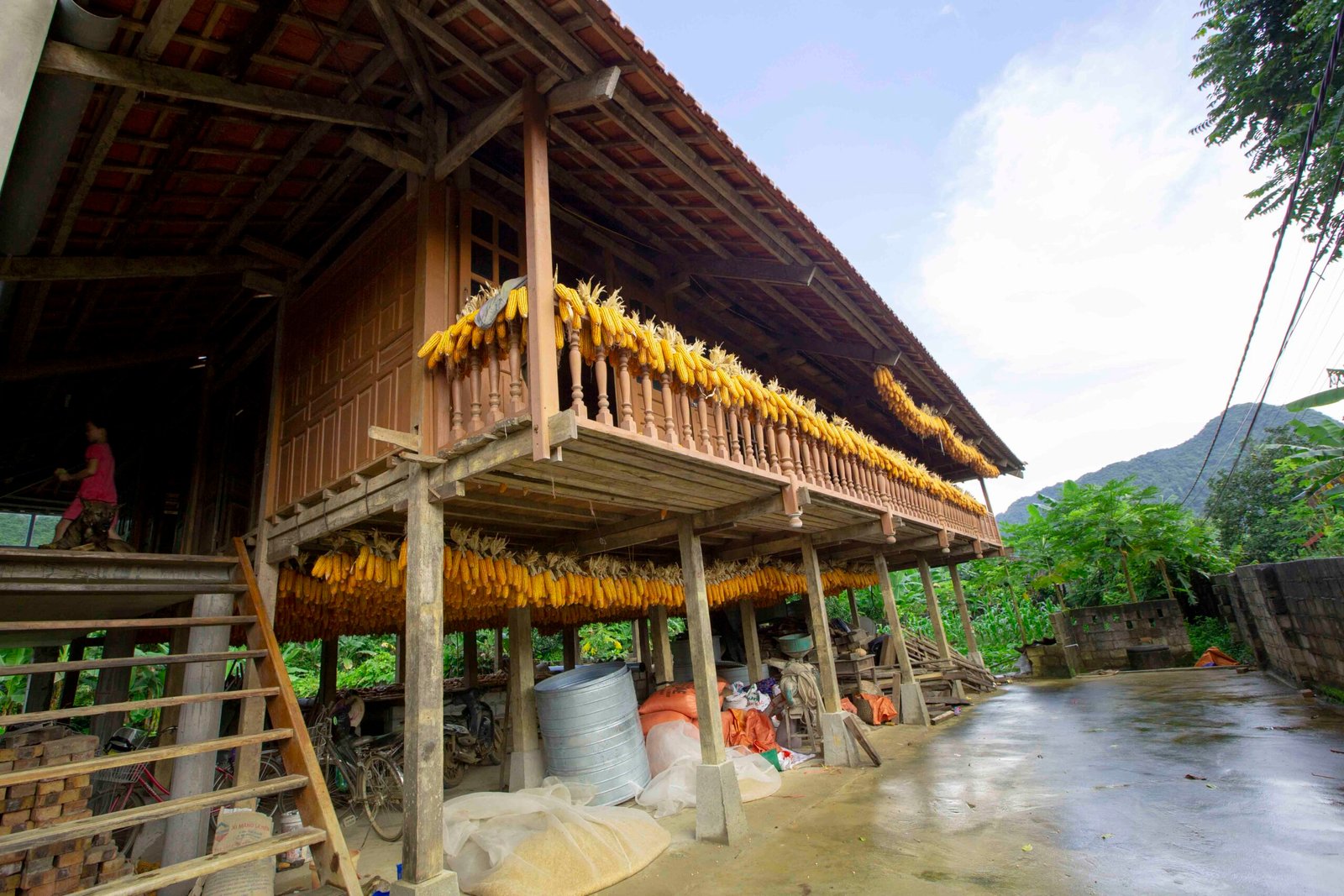
Where to Experience Tay Culture in Vietnam
To truly connect with Tay traditions, there’s no better way than visiting their ancestral lands—places where daily life still follows the rhythms of nature and centuries-old customs. Here are some of the best destinations to experience Tay culture firsthand:
🌄 Cao Bang Province
This stunning northern region is home to one of Vietnam’s most iconic natural landmarks—Ban Gioc Waterfall, located near the Chinese border. Beyond the scenery, it’s a cultural heartland for the Tay.
- What to do:
- Explore Ban Gioc Waterfall, Nguom Ngao Cave, and the historic Pac Bo Cave
- Stay in Tay homestays surrounded by rice fields
- Join guided village treks to learn about Tay customs, agriculture, and traditional medicine
🌳 Ba Be National Park (Bac Kan Province)
One of Vietnam’s most beautiful natural reserves, Ba Be Lake is also a sanctuary for Tay communities.
- What to do:
- Enjoy boat rides on the lake with Tay guides
- Visit caves like Puong Cave and waterfalls like Dau Dang
- Share home-cooked meals and sleep in traditional stilt houses
- Learn about fishing techniques, herbal medicine, and local legends
🏔️ Ha Giang Province (Dong Van Karst Plateau)
Although Ha Giang is more associated with the Hmong, the Tay also inhabit lower valleys and foothill villages throughout the province.
- What to do:
- Discover authentic Tay hamlets in districts like Quan Ba or Yen Minh
- Trek between villages, often off the main tourist routes
- Attend local markets and observe ethnic diversity in action
🌿 Lang Son Province
Located near the Chinese border, Lang Son is a crossroads of cultures, with a strong Tay presence.
- What to do:
- Browse ethnic markets like Dong Kinh for handmade crafts
- Visit Tay weaving villages that produce traditional textiles
- Join cultural exchanges through community-based tourism programs
🛖 Why These Places Matter
All of these destinations support community-based tourism, which means your visit contributes directly to the preservation of Tay culture and the local economy. Many villages offer:
- Homestay experiences in stilt houses
- Hands-on workshops in farming, dyeing, or cooking
- Guided hikes with local storytellers and historians
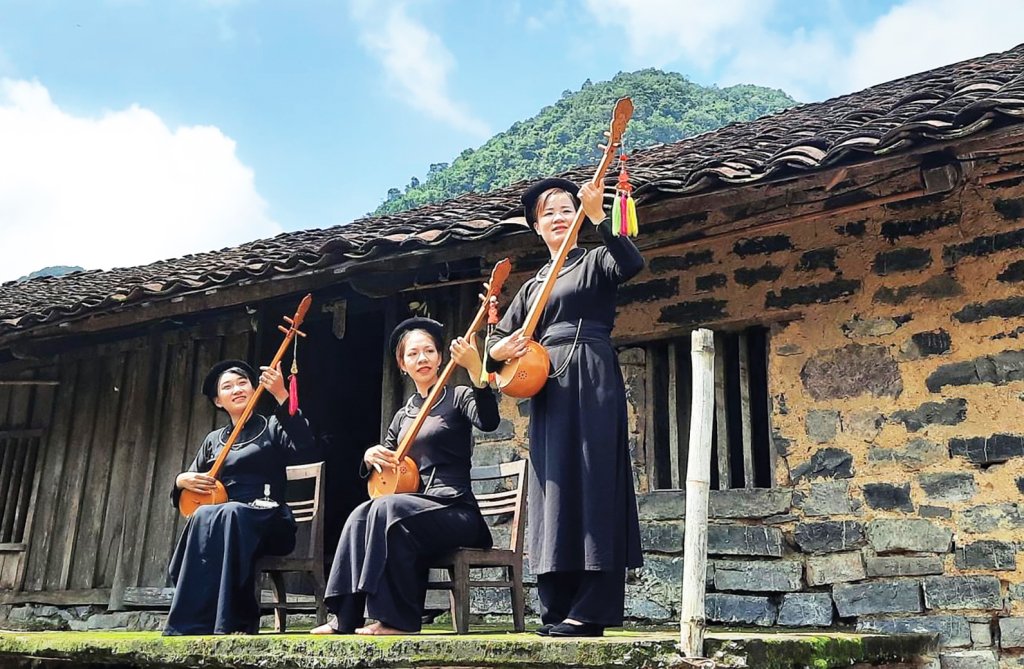
Why Visit Tay Villages?
Tay villages offer more than just a scenic escape—they invite travelers into a living culture rooted in harmony with nature and tradition. Here’s why a visit is truly rewarding:
🌾 Discover Authentic Highland Culture
Step into a world where ancestral customs still shape daily life. From traditional stilt houses to ceremonial music and herbal medicine, Tay communities preserve a cultural heritage rarely found in modern cities.
🌱 Support Sustainable and Responsible Tourism
By staying in local homestays, hiring Tay guides, and buying handmade crafts, you directly support community livelihoods and help preserve both cultural and environmental resources.
🌄 Explore Unspoiled Natural Landscapes
Tay villages are nestled in some of northern Vietnam’s most breathtaking regions—lush valleys, rice terraces, crystal-clear lakes, and forested hills. These are perfect settings for trekking, boating, and reconnecting with nature.
🤝 Build Genuine Human Connections
Whether sharing a home-cooked meal, helping in the fields, or learning to sing Then songs, you’ll experience heartfelt hospitality and make personal connections that transcend language.
✨ For All Kinds of Travelers
- Cultural explorers will love the depth of tradition
- Nature lovers will find peace and adventure
- Curious souls will discover a slower, more mindful way of life
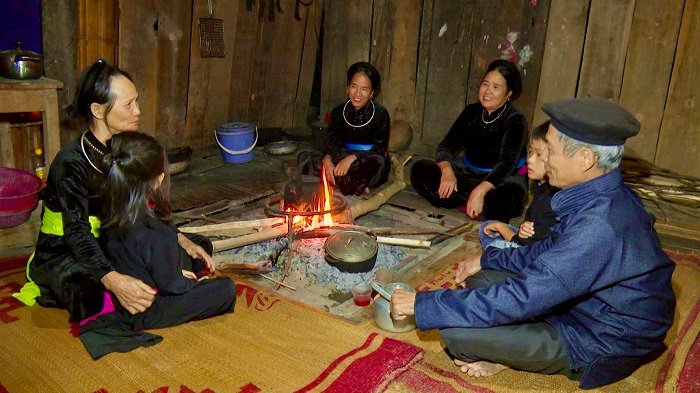
Final Thoughts
The Tay ethnic group adds vibrant color to Vietnam’s diverse cultural landscape. Their connection to the land, deep spiritual roots, and rich heritage make them a must-visit community for travelers seeking authenticity and depth. From misty mountain treks to meals in stilt houses, a journey into Tay culture promises unforgettable memories.




